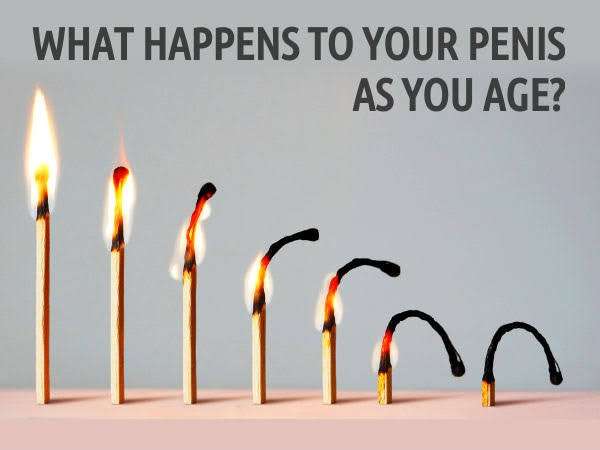The penis is the male sexual organ.
The shaft is the longest part of it. The head or glans is at the end of the shaft. The opening at the tip of the head, where urine and semen come out, is called the meatus.
Inside, two cylinder-shaped chambers called the corpora cavernosa run the length of the penis. They have a maze of blood vessels, tissue, and open pockets.
The urethra, the tube that urine and semen flow through, runs along the underside of them, in the spongy tissue of the corpus spongiosum.
Two main arteries (one in each of the corpora cavernosa) and several veins move blood in and out. Nerves relay messages to and from other parts of your body.
https://goo.gl/maps/zg5xZFg8KQL2uTiK8
https://www.gomatthi.com/contact-us/
An erection is a physiological process in which the penis becomes firm, engorged, and enlarged. This occurs when the spongy tissue within the penis, known as the corpora cavernosa, fills with blood. Erections can happen due to sexual arousal, physical stimulation, or even during sleep (nocturnal erections).
The process of achieving an erection involves a complex interaction between the nervous system, blood vessels, hormones, and psychological factors. Sexual arousal triggers the brain to send signals to the nerves in the penis, causing the blood vessels to relax and widen. As a result, there is increased blood flow into the penis while the outflow is reduced, causing it to become rigid and erect.
Erections can also be influenced by various physical and psychological factors such as stress, anxiety, relationship issues, fatigue, certain medications, medical conditions like diabetes or cardiovascular diseases, and more. Persistent or recurrent issues with erections might require medical attention and evaluation by a healthcare professional.
